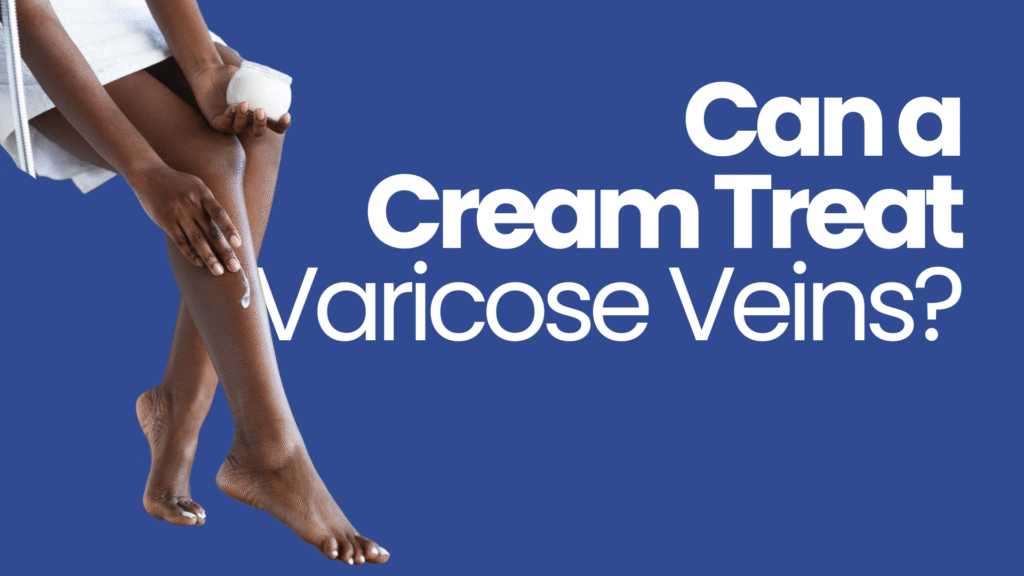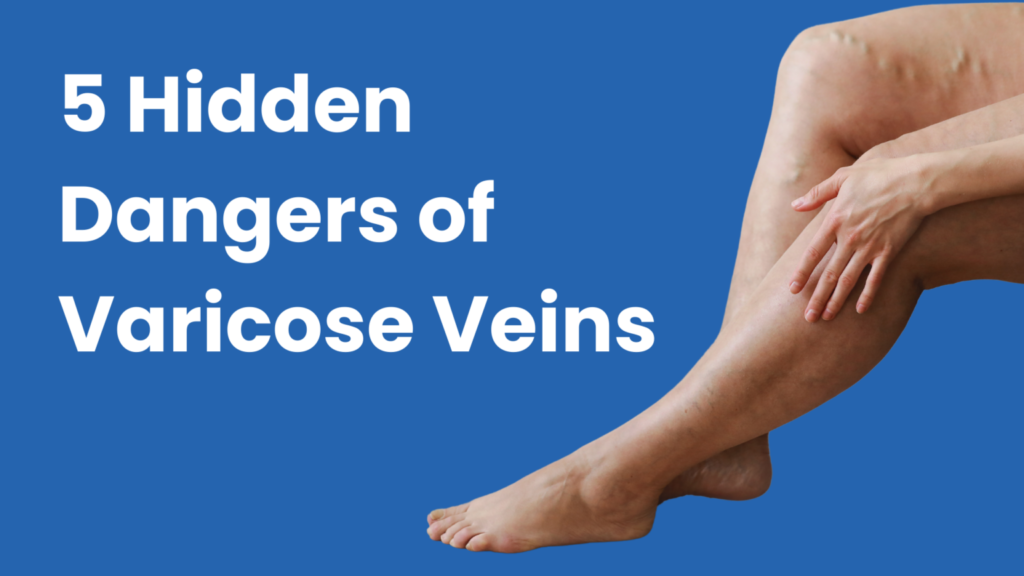Typically, those who experience varicose veins won’t see any complications arising from them. If complications do arise, they are likely to do so several years after first noticing the veins. These complications typically consist of the following:
– The lower legs become swollen
– The veins become red and inflamed
– Clear changes in skin color
– Dry, thick skin over lower legs
– Development of an ulcer
It should be noted that thread veins (otherwise known as spider veins or starburst veins) don’t tend to cause any complications.
To Treat or Not to Treat?
Many cases of varicose veins don’t necessarily need treatment. In these cases, the symptoms of the condition are purely aesthetic. Although the visible veins might take somewhat of a toll on a person’s self-esteem, the lack of painful symptoms means that they can effectively raincheck the treatment until they see fit to take it on. Those experiencing minor cases of varicose veins are advised to place their feet as high as they can a few times a day for a few minutes, and to regularly moisturize their skin. Additionally, individuals can purchase compression stockings to help reduce the pressure in the veins. When worn all day (assuming they have been properly fitted), compression stockings can relieve minor discomfort and aching.
Sclerotherapy
Sclerotherapy is included among modern treatments for varicose veins in Weston. Through sclerotherapy, a chemical is injected directly into the vein in order to attach one wall to the other. Following the treatment, a patient will typically be advised to wear compression stockings in order to keep the vein pressed down. The doctor might suggest that the patient wear the compression stockings one or several weeks after the procedure. Throughout this period, the dead or damaged vein tissue will be gradually absorbed into the body, and a new, stronger vein tissue will replace it. After a few weeks, the patient can expect all signs of their varicose veins to be effectively removed. There are other treatment options available to patients aside from sclerotherapy, each with their own degree of effectiveness and invasiveness. As always, a patient should lean on the counsel of their doctor when choosing the right treatment method.
Bleeding Varicose Ulcer
Although it happens rarely, it’s possible for a varicose ulcer to bleed. If an individual notices this, it’s advised that they lie down on a flat surface with their leg raised. Use a clean cloth to apply pressure on the area for a minimum of 10 minutes. In cases where the bleeding does not settle after 10 minutes, the individual should contact an ambulance. In any case, if a varicose ulcer bleeds, it’s advised that the individual make an appointment with their general practitioner.


